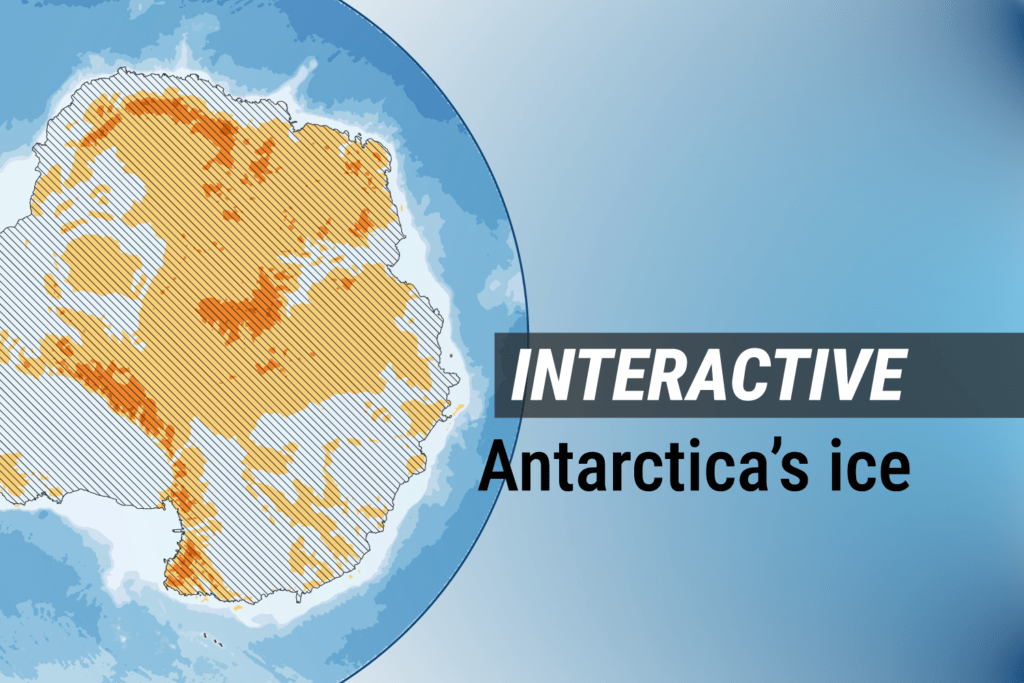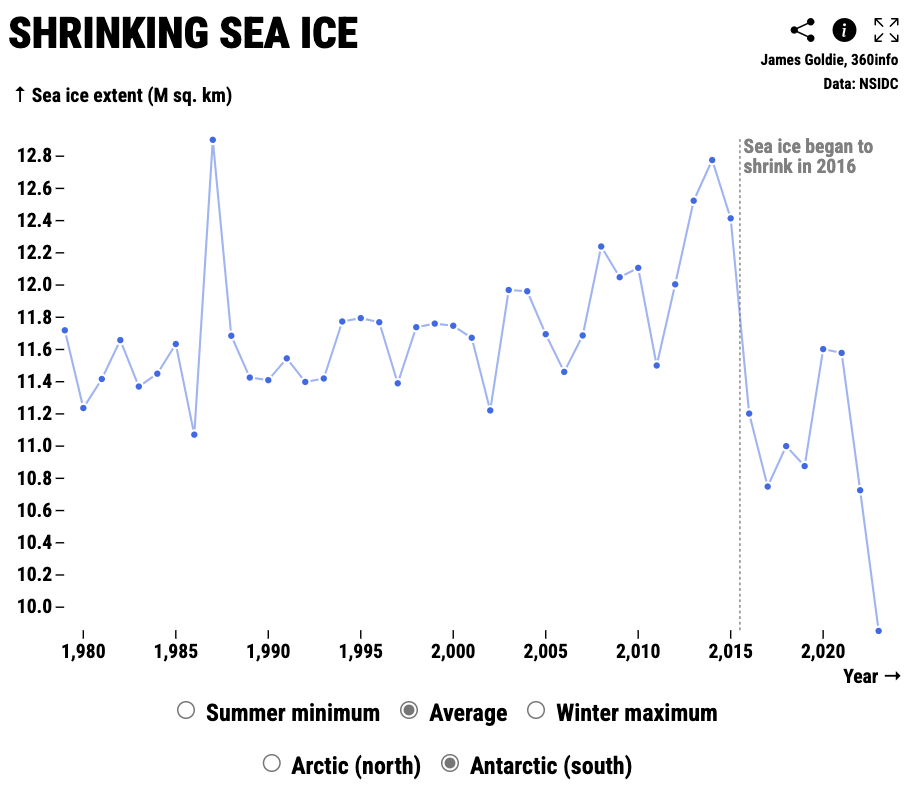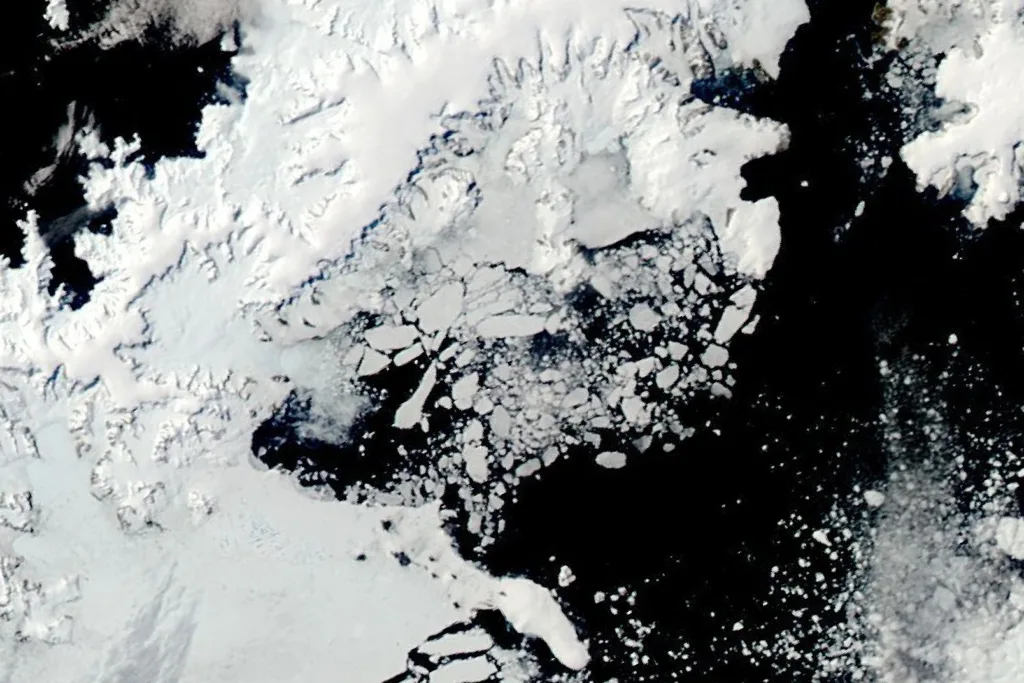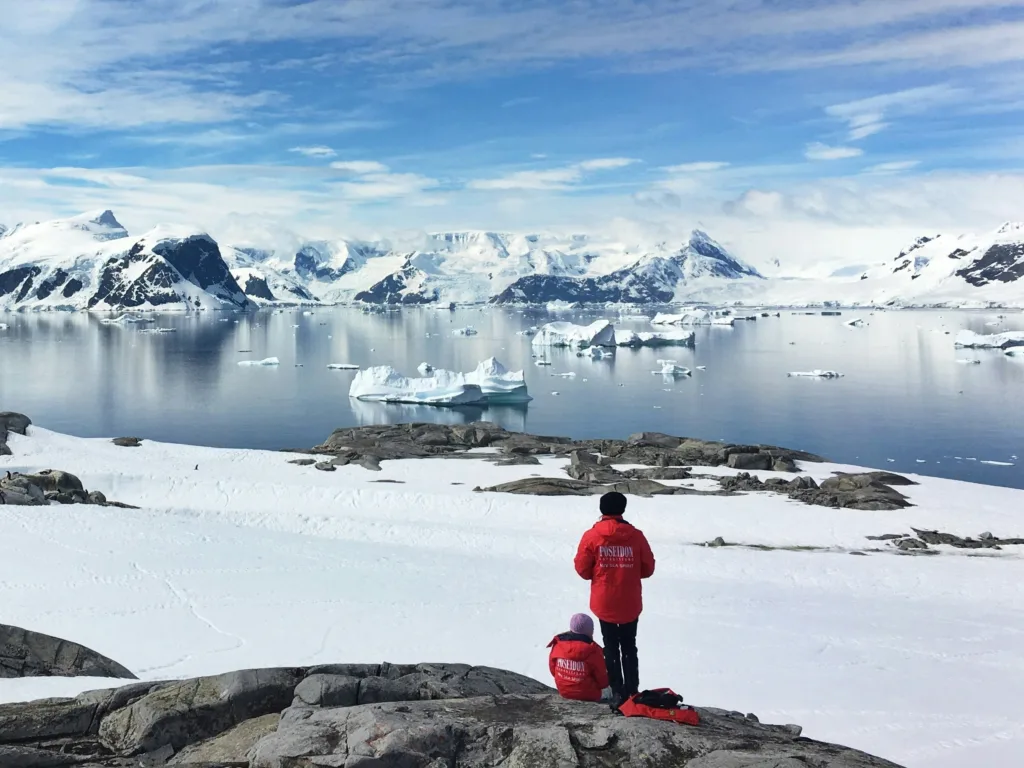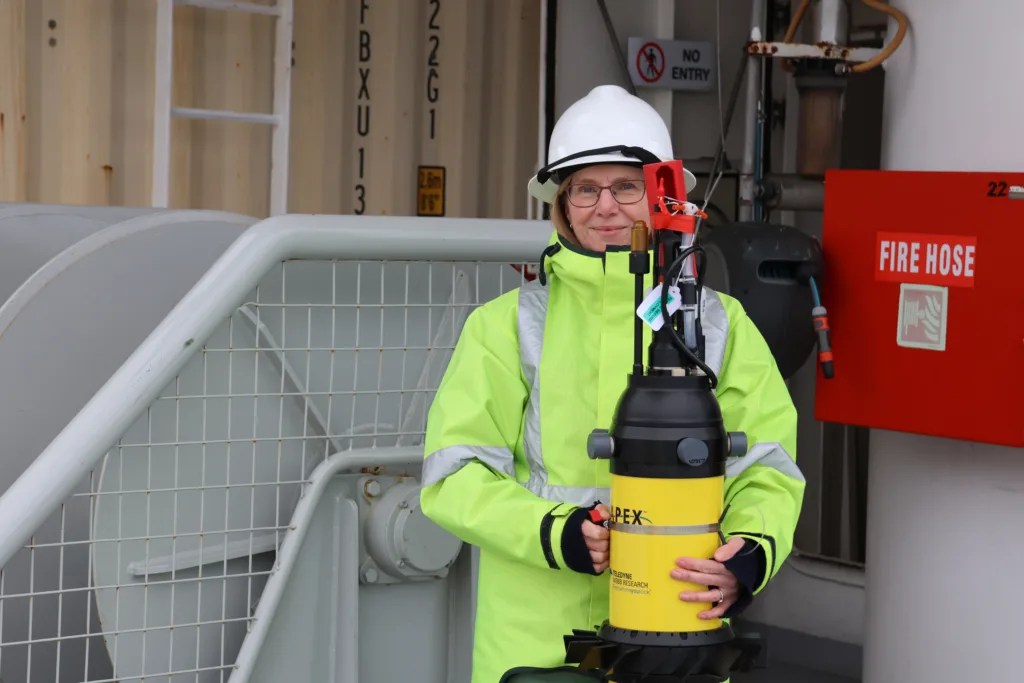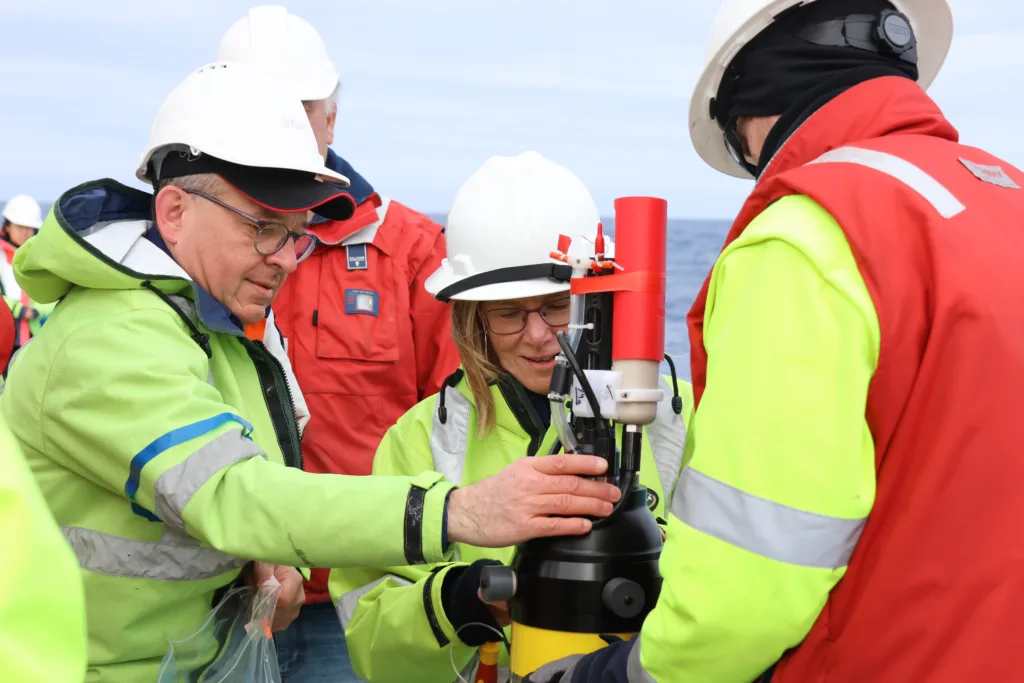We use cookies to improve your experience with Monash. For an optimal experience, we recommend you enable all cookies; alternatively, you can customise which cookies you’re happy for us to use. You may withdraw your consent at any time. To learn more, view our Website Terms and Conditions and Data Protection and Privacy Procedure.
The danger as Antarctica’s sea ice melts
Published on January 24, 2024After years of stability, Antarctica’s sea ice is suddenly melting. Scientists are out on the ocean to learn why.
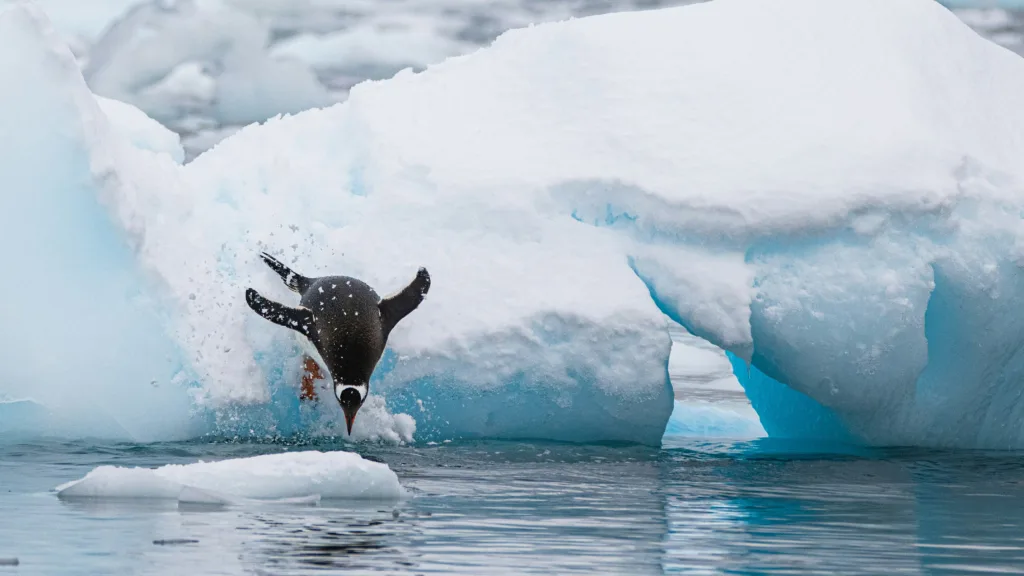 Antarctica is changing rapidly, but scientists are bringing new tools and instruments to the field to understand it. : Birger Strahl/Unsplash CC BY 4.0
Antarctica is changing rapidly, but scientists are bringing new tools and instruments to the field to understand it. : Birger Strahl/Unsplash CC BY 4.0
After years of stability, Antarctica’s sea ice is suddenly melting. Scientists are out on the ocean to learn why.
Until recently, the fringe of sea ice that floats around Antarctica seemed to be defying climate scientists’ predictions, growing slightly.
Then, in 2016, it began to shrink.
The sea ice usually recovers each year in September, but in 2023 an area bigger than Australia’s Northern Territory failed to refreeze. As we reach the middle of Antarctic summer — when the sea ice is at its smallest — the ice is once again below historical levels.
Although the floating sea ice doesn’t raise sea levels on its own when it melts, it protects the greater frozen continent from the battering waves and winds of the Southern Ocean. Antarctica’s ice shelves and glaciers already contribute substantially to sea rise; further heat could accelerate their melting.
Scientists aren’t sitting on the sidelines as the ice melts. Trying to understand what’s changed, an international team set out on the waters just before Christmas 2023 to deploy new instruments to build a more detailed picture of the Southern Ocean — one of the prime suspects.
As the weeks count down and the sea ice continues to shrink, 360info asks the experts what’s happening to Antarctica and what it’s like to do science on the waves.


